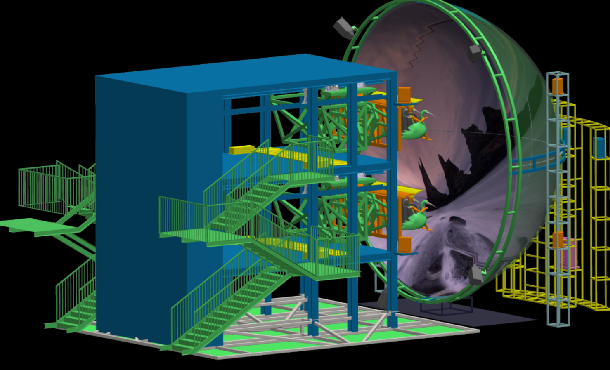- Albanian
- Arabic
- Belarusian
- Bengali
- Czech
- English
- French
- German
- Hebrew
- Hungarian
- Indonesian
- irish
- Italian
- Japanese
- kazakh
- Persian
- Russian
- Thai
- Uzbek
- Vietnamese
ferris wheels
The Magic of Ferris Wheels A Ride Through History and Emotion
Ferris wheels are more than just amusement park attractions; they are symbols of joy, nostalgia, and the thrilling heights of life. With their towering structures and panoramic views, these wheels have been enchanting people for over a century, evolving from simple mechanical marvels into stunning feats of engineering.
The history of the Ferris wheel dates back to the 1893 World's Columbian Exposition in Chicago. Designed by George Washington Gale Ferris Jr., this inaugural wheel was created as a centerpiece to showcase American ingenuity. Standing at an impressive 264 feet, it was a bold response to the Eiffel Tower, which had been inaugurated in Paris only a few years earlier. The original Ferris wheel carried over 2,000 passengers at a time and was a marvel of Victorian engineering, sparking an enduring love for these elegant rides.
Since then, ferris wheels have become a staple of fairs, amusement parks, and seaside piers worldwide. Today, they represent not just excitement but also the beauty of light and scenery. Contemporary designs often feature multimedia experiences, integrating LED lights, music, and even glass-floored cabins that offer riders a unique perspective of their surroundings. Modern giants like the High Roller in Las Vegas and the London Eye stand as testaments to this evolution, providing breathtaking views and unforgettable experiences.
Riding a Ferris wheel can evoke a mix of emotions. For many, it is a celebration of special moments—first dates, family outings, or reunions. The gentle ascent brings a sense of anticipation, as the ground falls away and the world expands below. Reaching the top, riders often experience a moment of tranquility, gazing across the horizon, feeling as if they’re on top of the world. The slow descent, combined with the breathtaking views, stirs feelings of nostalgia, transporting many to childhood days filled with wonder and excitement.
ferris wheels

Moreover, ferris wheels often serve as backdrops for romance. Couples cherish the intimacy found in a confined space, where laughter mingles with nervous excitement. The ride offers a perfect backdrop for confessions of love, promises of togetherness, and even proposals. The height, coupled with the surrounding beauty, creates an atmosphere that feels almost magical—a moment suspended in time.
Culturally, ferris wheels continue to symbolize progress, joy, and community spirit. They have become part of our collective imagination, often depicted in films, literature, and art. The sight of a lit-up Ferris wheel against the night sky conjures feelings of nostalgia and excitement for many. Furthermore, they foster a sense of community by bringing people together, whether it’s at local fairs or grand international expositions.
Despite the passage of time and the introduction of sophisticated rides and attractions, ferris wheels have retained their charm and allure. They continue to attract individuals of all ages, bridging generational gaps. Whether it’s a child’s delight, an adult’s reminiscence, or a couple’s romantic moment, each ride is imbued with personal significance.
In conclusion, the ferris wheel is much more than a ride; it is a vessel for emotions, memories, and connections. It stands as a marvel of human creativity and a reminder of the simple joys in life. As we climb into one of those cabins, we are not just stepping aboard a mechanical ride, but into a shared experience that transcends time and space. The whir of the wheel, the laughter that spills over, and the breathtaking views all contribute to the enchanting world of ferris wheels, making each ride a cherished piece of our collective tapestry of life.
-
Flume Ride-Hebei Zhipao Amusement Equipment Manufacturing Co., Ltd.|Thrilling Water Attraction&Customizable DesignJul.30,2025
-
Flume Ride - Hebei Zhipao Amusement Equipment | Water Coaster, Thrilling DescentJul.30,2025
-
Flume Ride - Hebei Zhipao | Thrilling Water AttractionJul.30,2025
-
Flume Ride: Thrilling Water Attraction by Hebei Zhipao|Log Flume Manufacturers&Flume Ride DesignJul.30,2025
-
Flume Ride-Hebei Zhipao Amusement Equipment Manufacturing Co., Ltd.|Thrilling Water Coaster, Safe DesignJul.30,2025
-
Flume Ride-Hebei Zhipao Amusement Equipment Manufacturing Co., Ltd.|Thrilling Water Attraction, Safe DesignJul.30,2025
